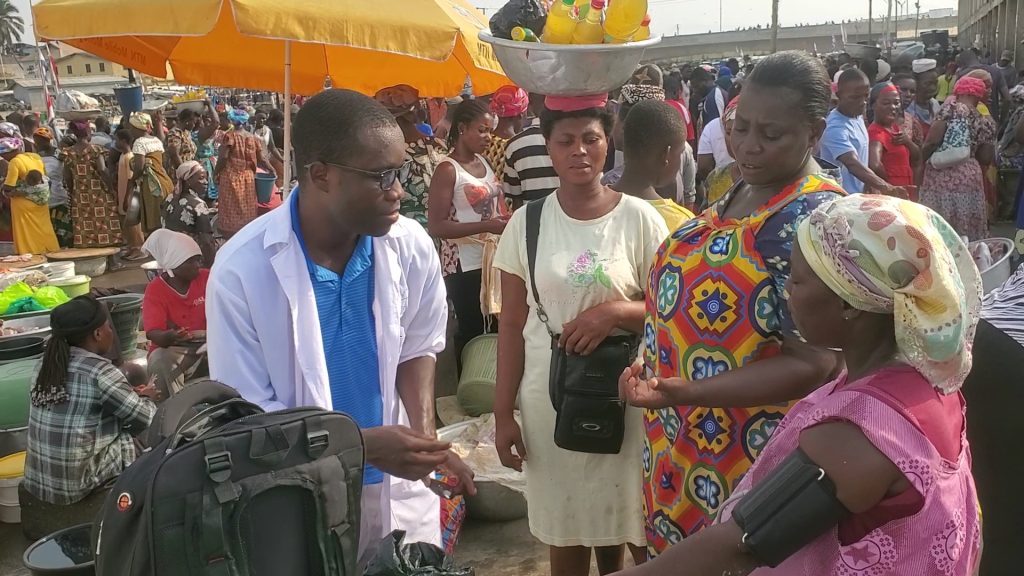
There are several varying schools of thought on how to put in place and run effective primary health care. Advanced countries like United Kingdom and United States of America have some of the best primary healthcare systems which they continually improve upon.
The U.K. first introduced the national health system in 1948, and one of the main goals is to bridge the inequality gap in healthcare delivery because of the cash and carry system, where the quality of healthcare one receives largely depends on his or her immediate financial capability.
Ghana, in 2003 also introduced similar health policy-The National Health Insurance Scheme (NHIS) with the same goal. Through this national policy, all citizens are able to receive, at least basic health care irrespective of financial status.
I have no intention to suggest the health system in Ghana should be as robust as it is in UK today; that would not be an objective comparison because they started building theirs over seven decades ago, compared to what started less than two decades in Ghana.
Besides, UK has the technological and financial muscle to build a strong, more efficient health system; Ghana on the other hand may not be able to do so, at least, for now due its struggling economy.
However, Ghana has the opportunity to improve upon what it has already started through innovations and commitment, taking cue from best practices in other leading countries.
The Ghana health system established what is known as Community-based Health and Services (CHPS compound). In 1999, this health model was adopted nationally with the primary goal of bringing at least, basic health care to communities; especially rural areas where there are virtually no public amenities including hospitals or clinics.
This CHPS zone initiative undoubtedly brought some health relieves to deprived communities across the country. Public health concerns such as; malaria control, immunization efforts and child/maternal welfare have been improved drastically since its inception. This is purely primary healthcare model, which seeks to solve health problems at the root cause, rather than having to wait and deal with full blown problems of disease complications.
Ostensibly, rural folks are assisted to benefit from the highest and most effective form of healthcare delivery-primary healthcare.
Unfortunately, such primary healthcare initiative is seen as an alternative to lack of proper hospital facilities in the rural communities rather than on the principle that primary healthcare is the best, an effective tool and an impeccable front-door of healthcare delivery in the country.
The CHPS zone system was implemented in rural areas, simply because it is cheaper compared to standard hospital system. This is evidenced for the fact that CHPS system is virtually non-existent in urban communities today.
I do not want to assume the policy makers failed to direct this policy to cities simply because they did not identity it as a good policy to augment existing, struggling secondary health facilities available.
Ministry of Health, through the Ghana health insurance is the biggest contractor of healthcare on behalf of millions of insurers. The government through the scheme spends less money to provide healthcare for rural population through the community-based health services with better healthcare output.
Huge fund of NHIS is used to pay for the health needs of its customers in urban regions year after year. A chunk part of it goes into payment of secondary healthcare services, which has been struggling to this day.
The national health insurance scheme is struggling to live up to its expectation because of increasing demand (growing population), inadequate funding and above all, high cost of secondary healthcare.
Health authorities must recognize the huge value of primary healthcare and establish its system in cities or urban communities as the frontier of existing secondary healthcare system. This can be done easily by reciprocating the CHPS zone model currently operating mainly in rural communities.